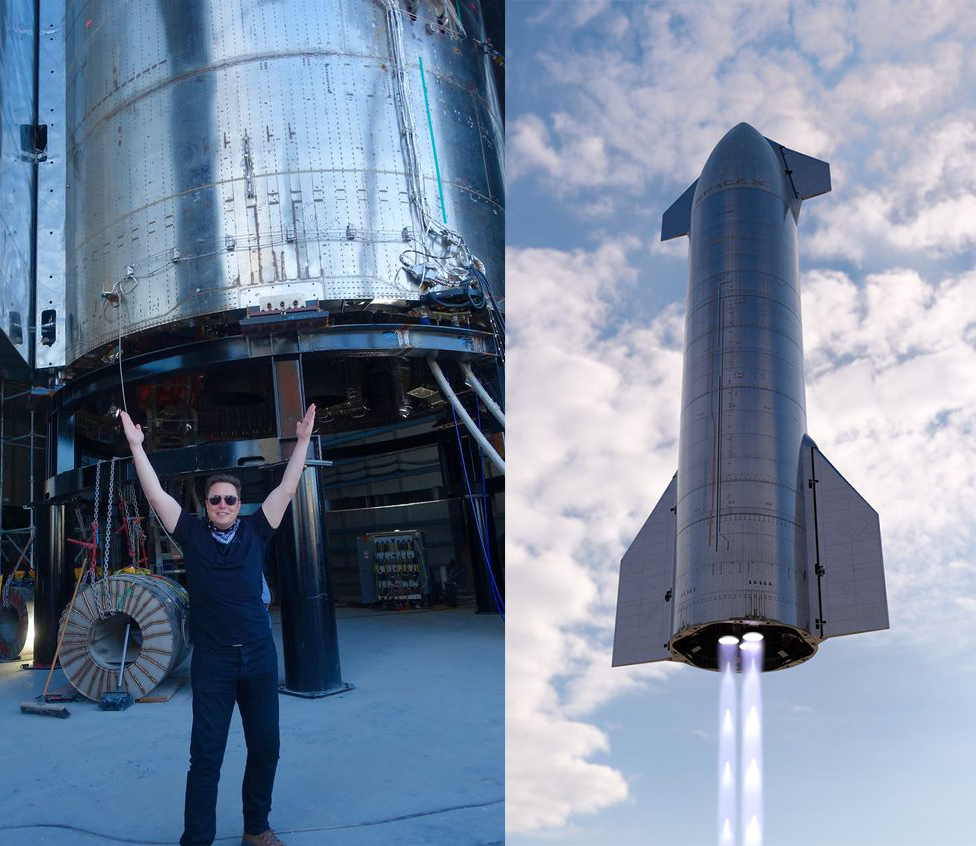“We are going to Mars—this decade.” That’s what Elon Musk just confirmed, sending the internet into a frenzy.
And guess what? He’s not just sending a rocket. Tesla’s humanoid robot, Optimus, will be on board, marking the first time AI steps foot on another planet. 🤖🚀
But that’s not all. If everything goes as planned, humans could be living on Mars by 2031!
This is not science fiction—this is happening. Let’s break down the details that could change the future of humanity forever.
🔥 2026: The Year SpaceX Takes Over Mars
Musk has been talking about Mars for years, but now, we finally have a timeline.
🗓 Mission Date: Late 2026
🚀 Rocket: SpaceX’s Starship – The most powerful spacecraft ever built
🤖 Passengers: Tesla’s Optimus humanoid robot (and possibly other AI units)
🎯 Destination: Mars
Musk’s vision? A fully robotic mission to set the stage for the first human colonists.
Optimus will land first, performing key setup tasks like:
✅ Building initial infrastructure
✅ Conducting environmental analysis
✅ Testing Mars’ habitability for humans
This isn’t just a test—it’s the first step toward something much bigger.
🤯 2031: The Year Humans Set Foot on Mars?
After Optimus lands in 2026, Musk believes humans could follow by 2031.
💡 What needs to happen first?
✅ Starship must prove it can safely land and return.
✅ AI must prepare the site for human arrival.
✅ Sustainable living systems must be tested.
Musk has always said that humans need to become a multi-planetary species. Now, we’re closer than ever to making that a reality.
Imagine waking up one day, checking the news, and seeing a human astronaut walking on Mars—live. It’s no longer just a dream.
🚀 Starship: The Most Powerful Rocket Ever Built
SpaceX’s Starship is unlike anything the world has seen.
🔥 Power: Generates double the thrust of Saturn V (the rocket that took humans to the Moon).
📏 Size: 400 feet tall – the biggest spacecraft ever.
🔁 Reusable: Designed to land, refuel, and fly again—making Mars travel affordable.
🌍 Earth-Mars Travel Time: As little as 6 months.
It’s the only rocket in the world capable of making Mars colonization possible.
🤖 Why Is Tesla’s Optimus Going to Mars?
Elon Musk is betting on AI to help humans survive on Mars.
Tesla’s Optimus humanoid robot is designed to handle dangerous and repetitive tasks—which makes it perfect for setting up a colony.
🦾 What Optimus Will Do on Mars:
✅ Build habitats before humans arrive
✅ Set up solar panels for energy
✅ Explore and map the planet
✅ Test soil for growing food
In Musk’s vision, robots will do the hard work so humans can focus on thriving.
🌍 What Does This Mean for Earth?
The implications of this go beyond Mars.
🚀 If Starship can make Mars trips a reality, it could also mean:
✅ Faster travel on Earth (city-to-city flights in under an hour).
✅ A new space economy—asteroid mining, Moon bases, and beyond.
✅ The survival of humanity if Earth ever faces a disaster.
Musk’s plan isn’t just about exploration—it’s about the future of the human race.
🚨 Is This Realistic or Just Another Bold Promise?
Musk is known for setting insane goals—and somehow, delivering on them.
🔥 People doubted SpaceX could land rockets. Now, they do it routinely.
🔥 People laughed at electric cars. Now, Tesla dominates the market.
🔥 People said private companies couldn’t send astronauts to space. SpaceX did it.
But Mars is his biggest challenge yet.
🌍 Challenges to Overcome:
❌ Radiation exposure for astronauts
❌ Creating a breathable atmosphere
❌ Food and water sustainability
However, if anyone can make this happen, it’s Musk.
🛸 Will You See Humans on Mars in Your Lifetime?
This is not just a billionaire’s dream.
This is a moment in human history where we are on the verge of becoming an interplanetary species.
🚀 2026: SpaceX’s Starship lands on Mars with Optimus.
🚀 2031: First humans could follow.
🚀 2050 and beyond: A full colony? Maybe even a self-sustaining civilization?
The countdown has begun.
👀 Do you believe Musk can pull this off?
🔥 Would YOU volunteer for a one-way trip to Mars?
Drop your thoughts in the comments—this is the future happening right now. 🚀

